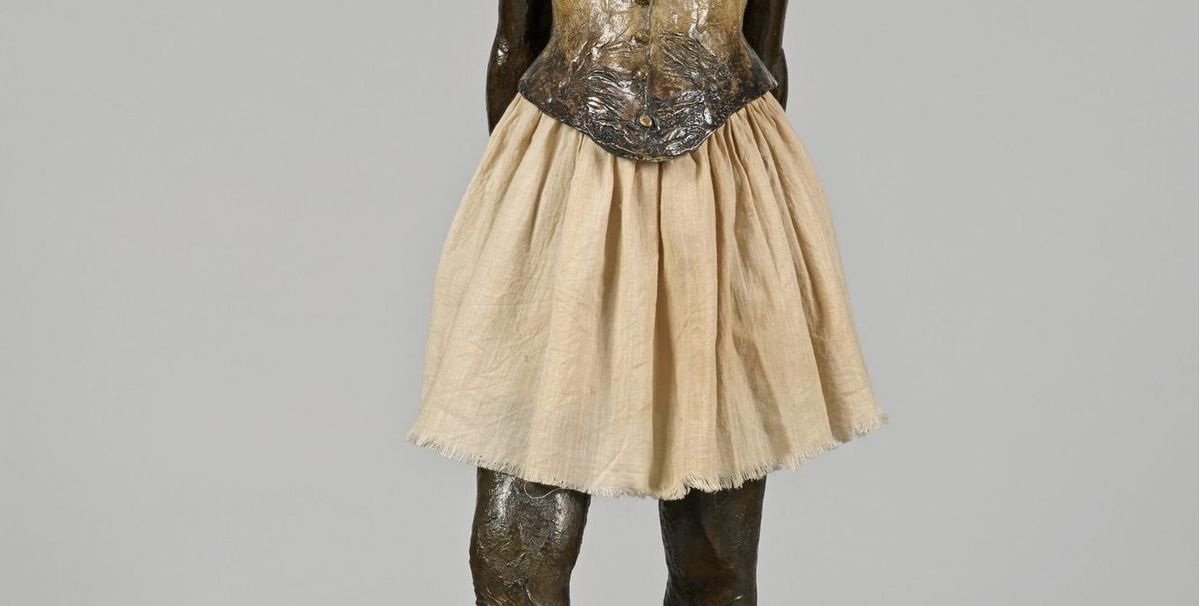Is this the original version of Edgar Degas’s Little Dancer Aged Fourteen exhibited at the sixth Impressionist show in Paris in 1881? The London dealer Guy Stair Sainty is convinced that it is and says that a growing number of scholars are coming around to the idea. He is staging a special exhibition around the work in his Mayfair gallery (until 26 May).
The bronze was made from a plaster cast found in the mid-1990s in the Valsuani foundry, the Paris workshop that produced bronzes of Degas’s sculptures after the Hébrard foundry closed in 1935. Stair Sainty is among those who contend that the rediscovered plaster was made during Degas’s lifetime from the original wax sculpture shown in 1881, which the artist later reworked for a collector. The “reworked” wax sculpture, now in the National Gallery of Art in Washington, DC, was used to create the better-known “Hébrard” bronzes found in major international museum collections.
Forty-six limited edition bronzes of the “Valsuani” Little Dancer were made: Stair Sainty has two, made in the mid-1990s, and he is now selling them at his London gallery for $3m each.
Questions around the attribution of the bronzes have been swirling within the art world for years, but Stair Sainty says their endorsement from the artist's heirs and the Comité Degas as well as the publication of a book on the subject by the US art historian Gregory Hedberg in late 2016 is changing people’s minds. “People can make out that it is controversial, and obviously, it has been in the past, but I personally see the controversy as settled,” Stair Sainty says. “We are not saying that the other [version] is not by Degas, we’re saying that this is the first work he made and it happens to be made from the same wax that he then altered,” he says.
“I’m happy to answer anyone’s questions, but I challenge anyone to come up with a coherent explanation of why it is not what we say it is,” he says.
• Degas: Little Dancer Rediscovered, Stair Sainty, London, until 26 May


